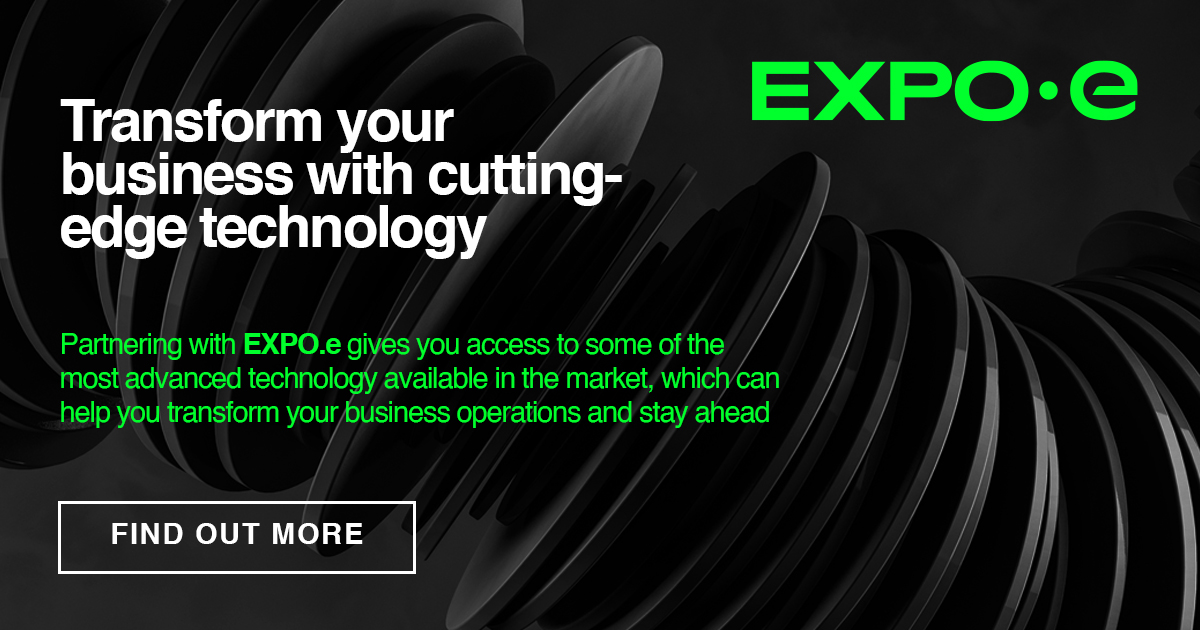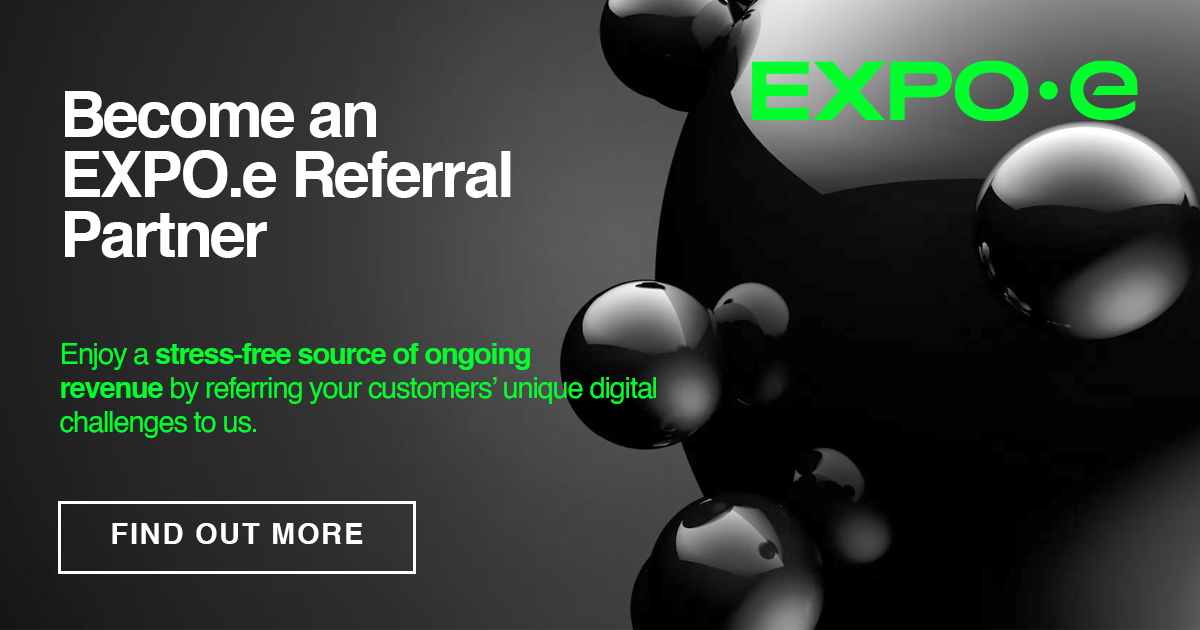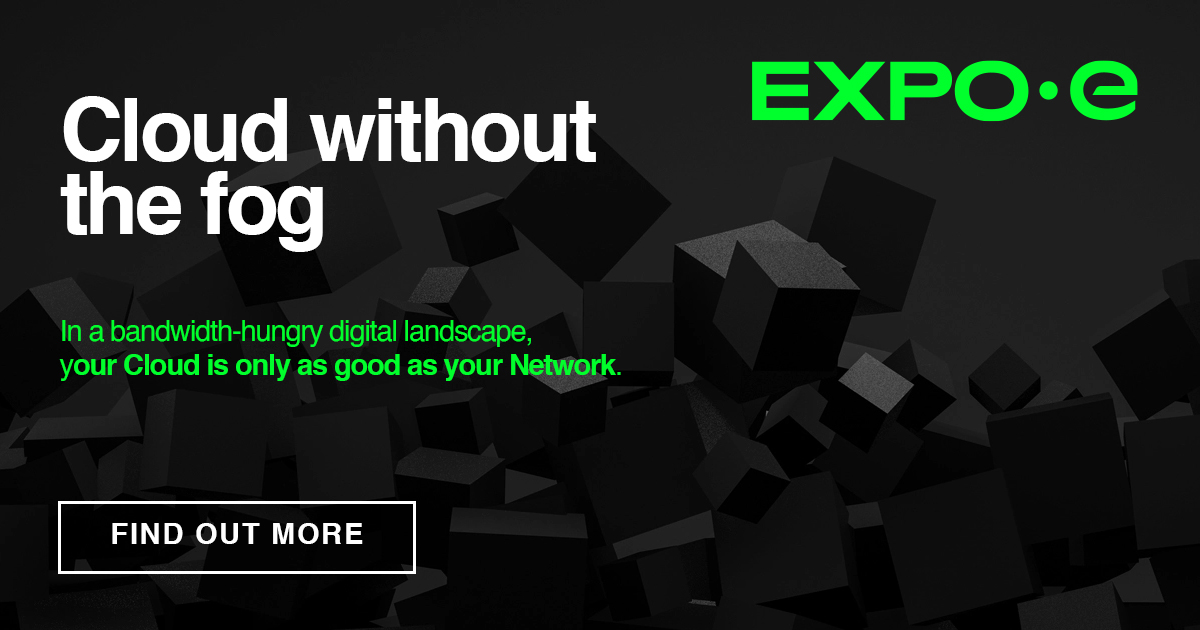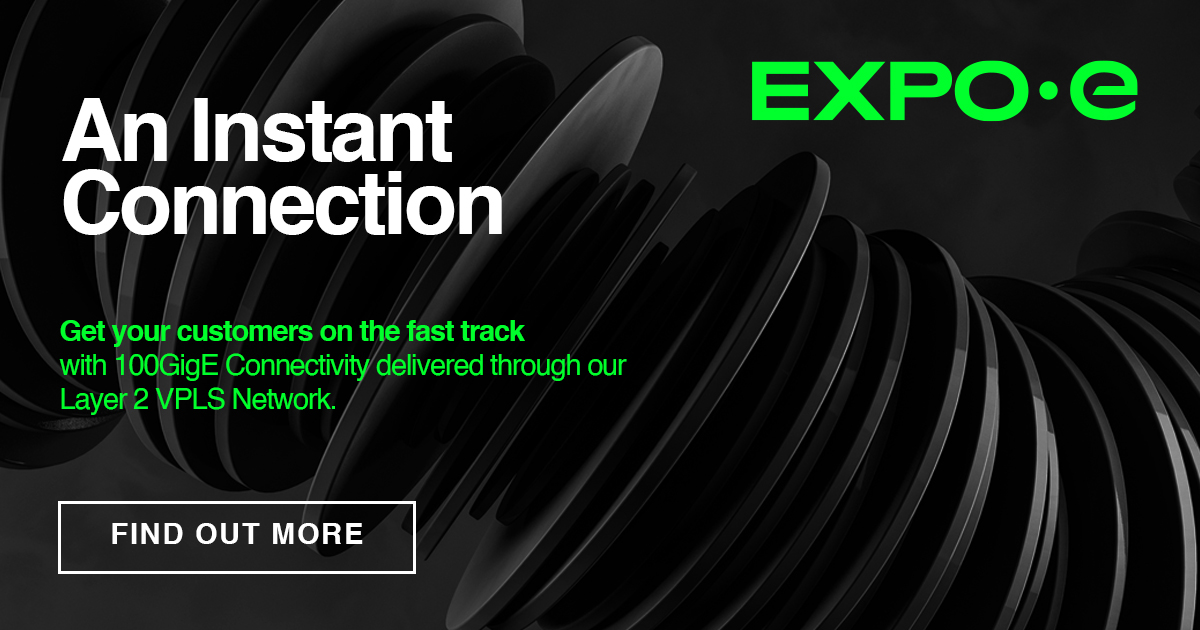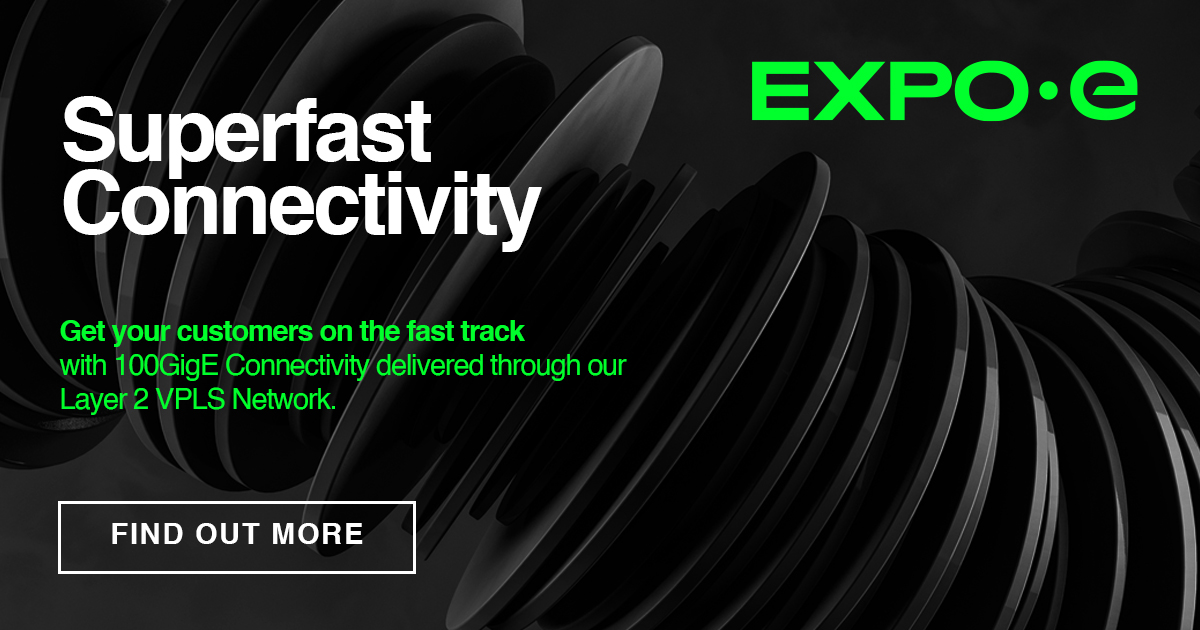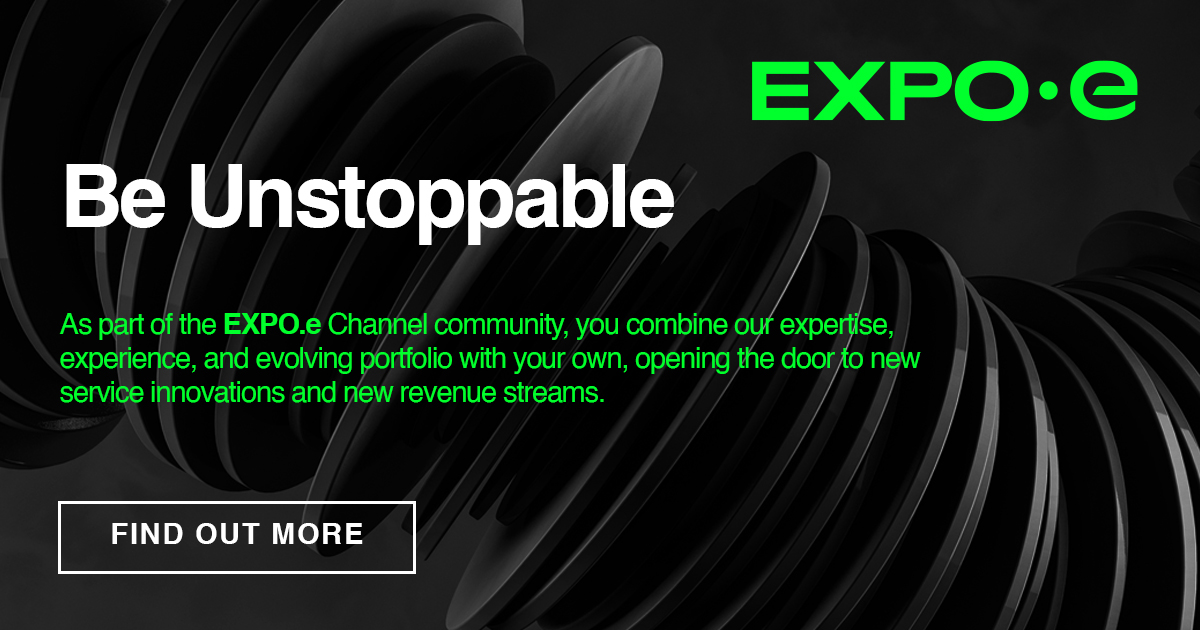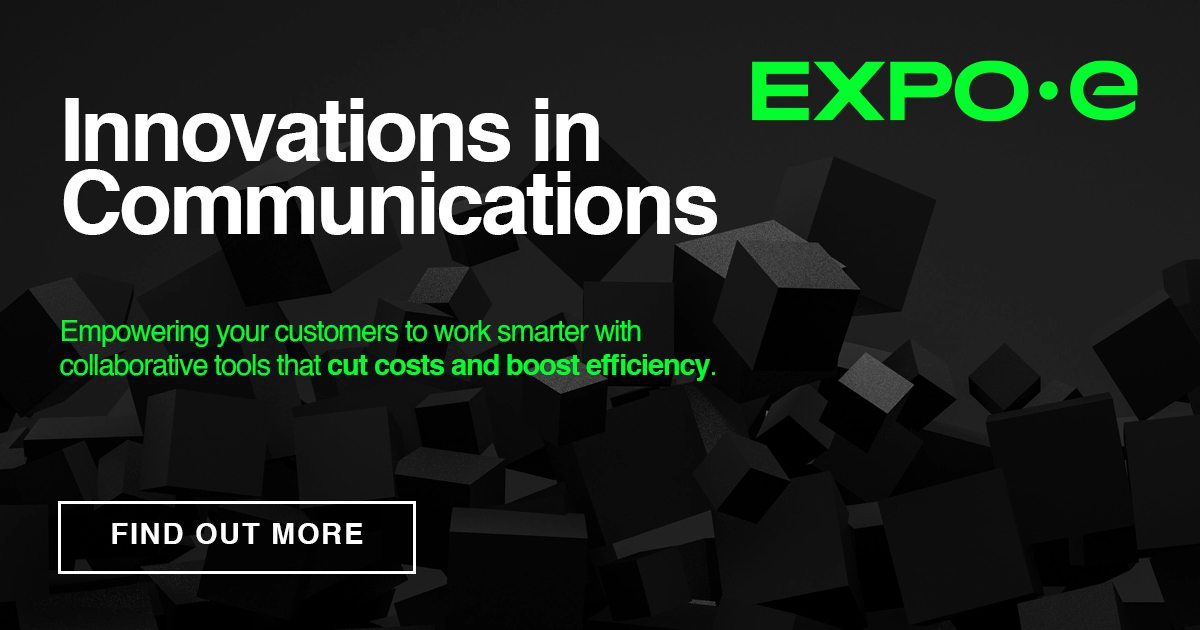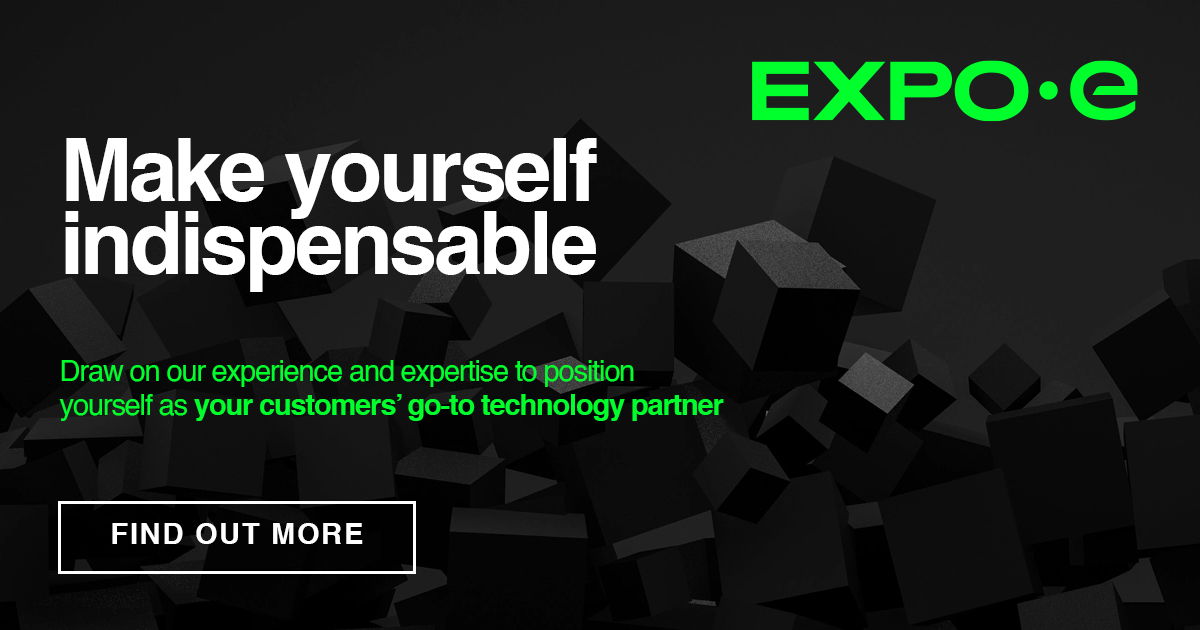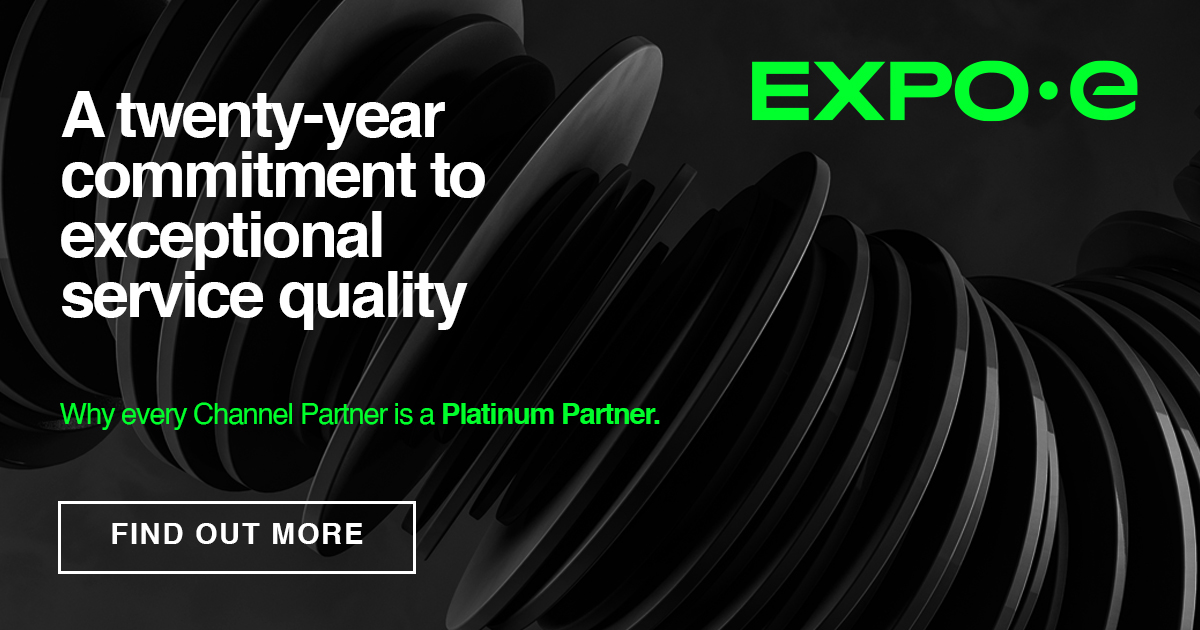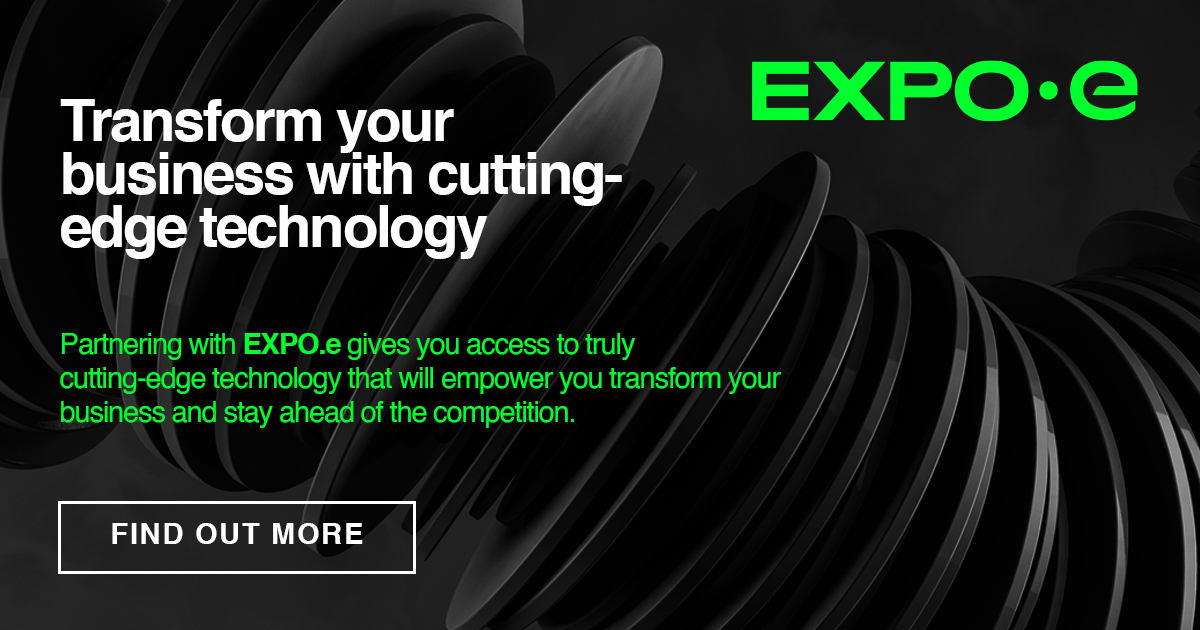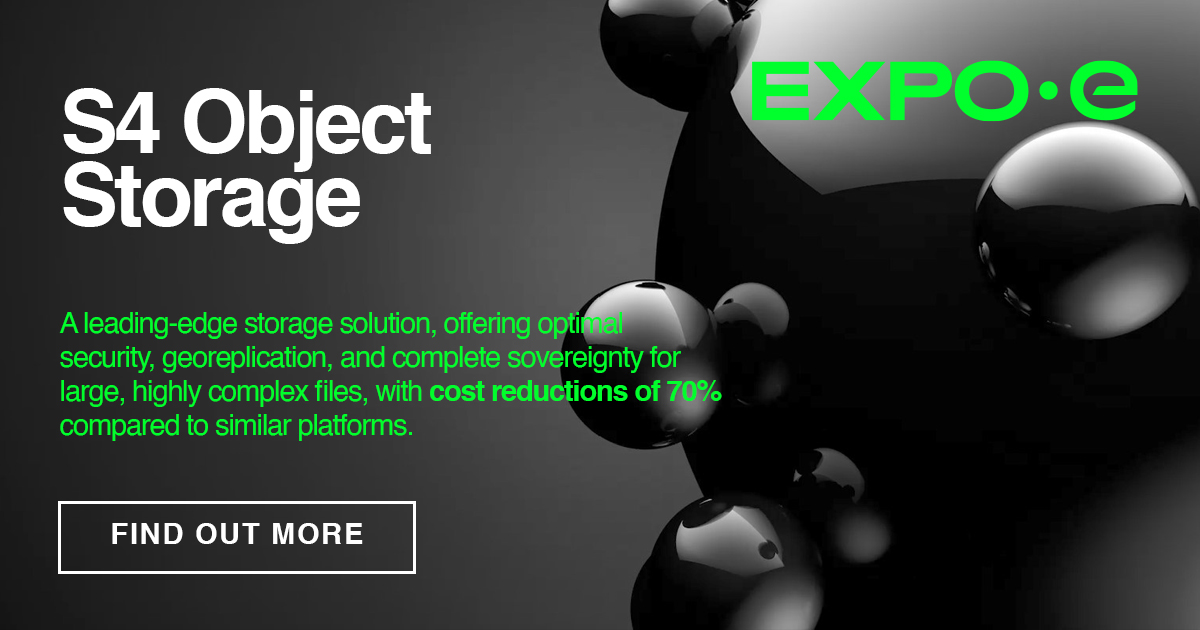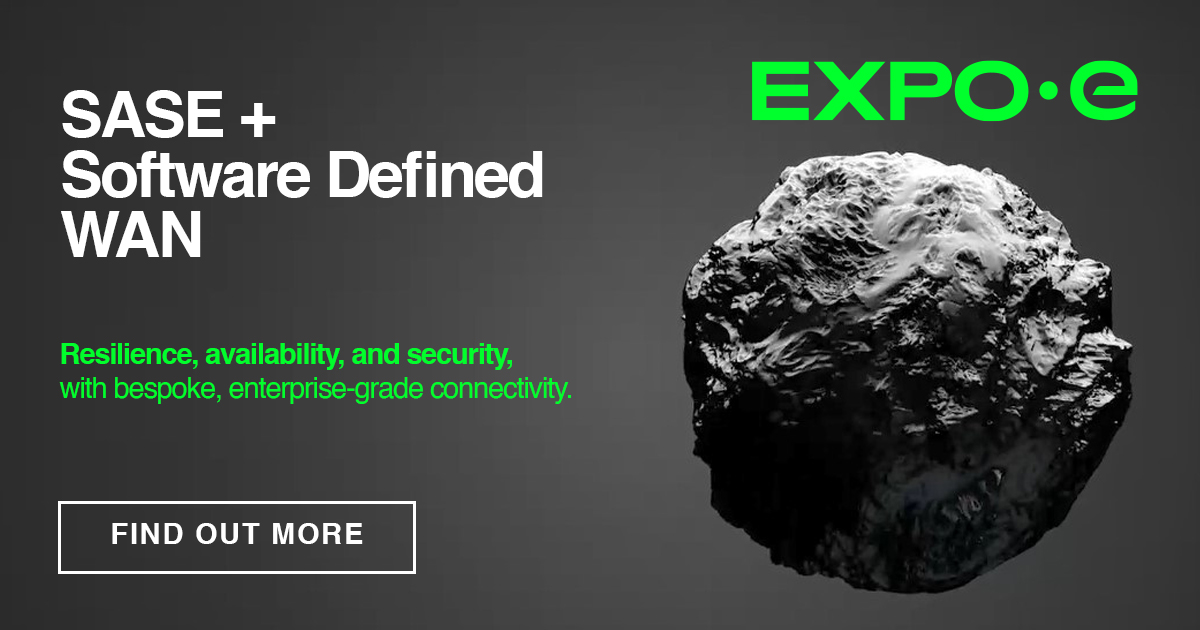Glossary of Terms
Glossaries
| Term | Definition |
|---|---|
| ISDN | Integrated Services Digital Network (ISDN) line uses a standard copper telephone line to transmit voice data and connect to the public telephone network. It was first introduced in 1986 and along with the |
| IPv4 and IPv6 | Internet Protocol Version 4 (IPv4), is the most commonly used numbering system used to create IP addresses. IPv4 employs 32-bits of recombined digits and has a maximum of 4.3 billion possible addresses. IPv6 is a newer system for the creation of IP addresses. It uses 128 bits instead of 32 bits for its addresses, creating trillions of new IPv6 addresses, enough to support the demand for IP addresses for some expected time to come. |
| Internet Protocol Address | Internet Protocol Address (IP Address) is a unique address in number format which every computer device has. The IP address enables computer devices to communicate with each other over an IP Network or the Internet. In order for data to be sent from one computer to another over the Internet, a data packet must be transferred across the Network containing the IP addresses of both devices. The unique IP address allows data to reach the right destination. |
| Integrated Services Digital | Network Integrated Services Digital Network (ISDN) a Network technology that provides digital transfer of simultaneous voice and data traffic and works over ordinary telephone lines. |
| Infrastructure as a Service (IaaS) | IaaS is the acronym for Infrastructure as a Service. IaaS describes the delivery of IT infrastructure such as servers and storage on demand over the Internet, through an outsourced IaaS service provider. |
| Hybrid Cloud | The hybrid cloud is a mix of public cloud and private cloud services, maintained by both internal IT teams and external cloud computing providers. The hybrid cloud is the solution of choice for those users who need both a local server running specific applications and a cloud hosting service that offers additional applications, files, or databases. These elements are configured to operate together to make up the hybrid cloud solution. |
| Hunt Group | Multiple phones allocated to a single extension number which enable a call to be answered by any one person within a group. Calls will generally ‘hunt’ from one phone to another until answered. |
| HPBX | A hosted private branch exchange provides the same functionality as an onsite PBX, but is located in our Cloud and gives our clients access to our universal communication platform. The advantages of this are that the client does not have to purchase, maintain and replace any hardware and any purchased phone lines are not tethered to a particular location. The benefits being that the client always has a cutting edge solution, that is not susceptible to local disaster and can be accessed from anywhere on any device that has a connection to the client’s network. Our HPBX is also highly scalable, additional licences can easily be added with no change to onsite hardware. |
| Hosted PBX | Hosted PBX is an Internet Protocol (IP) based phone system which is hosted in a service provider’s Data Centre removing the need for phone system hardware. Customer profiles are controlled via web-based browsers and can be edited by the end-user from an Internet connection. |
| Gigabits per Second | Gbps is a measure of the speed of data transfer in Networking. |
| Gigabit Ethernet | Gigabit Ethernet is a transmission technology based on the Ethernet protocol with speed tenfold over the fast Ethernet supporting a theoretical maximum data rate of 1000 Mbps or 1 Gbps. Ethernet operates at Layers 1 and 2 of the 7-layer Open Systems Interconnection (OSI) Networking model, delivering its data packets to any device connected to the Network cable. |
| Gateway | The entrance and exit to a communications Network or system. Gateways are commonly used to connect computers on one Network with those on a long-distance Network. |
| Firewall | A Firewall is a protective security screen (hardware or software) that aims to protect Network devices from hostile intrusion, viruses or malicious activity over the Network. A corporate Network’s traffic flows through the firewall and access to a corporate or private Network is granted or denied. |
| Fibre Optics | Fibre Optics is a method for the transmission of data using optic fibre cable and light. Light is transmitted over high-purity, hair-thin fibres of glass. The bandwidth capacity of fibre optic cable is much greater than that of conventional cable or copper wire. |
| Ethernet Demarcation Device | An Ethernet Demarcation Device enables Ethernet services to enterprises and business subscribers. Owned by service providers and located at the customer premise, it provides a clear demarcation point between customer and service provider Networks. As well as delivering managed services to customers with Quality of Service (QoS) control for each service, these devices have all the necessary carrier-class management and Operations, Administrations and Management functions essential for service providers to monitor Network health and performance up to the demarcation point. |

